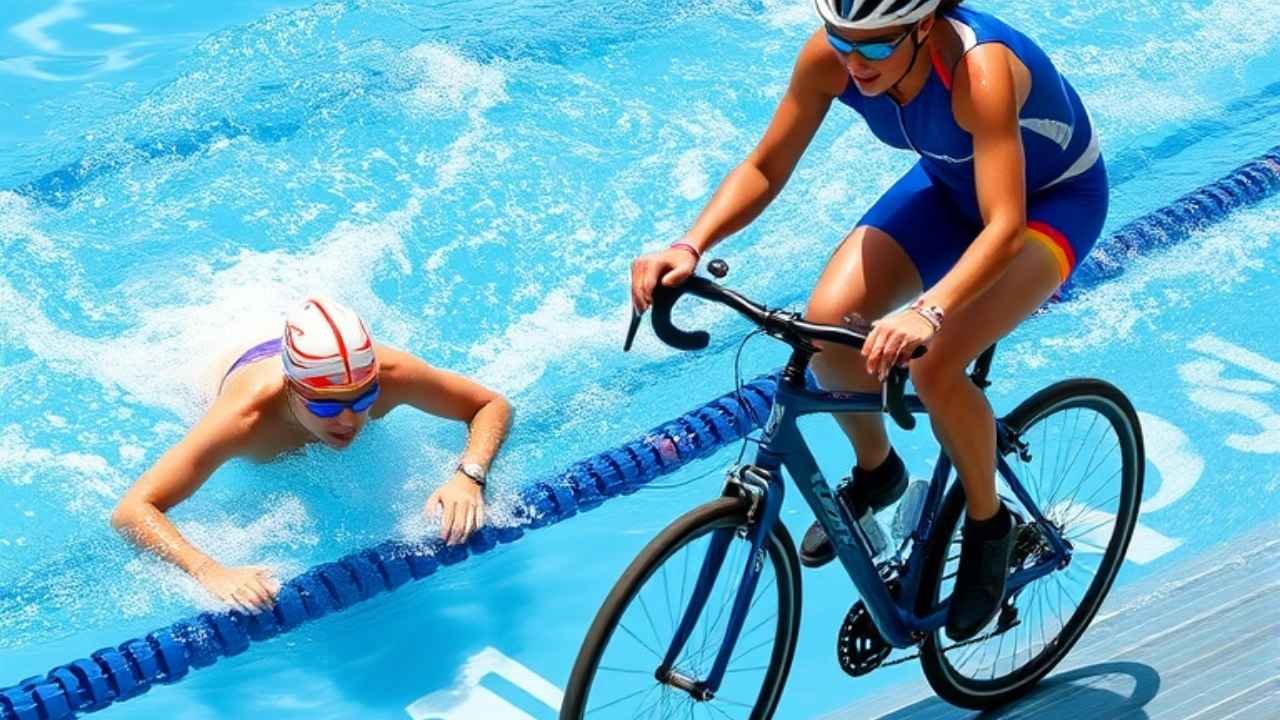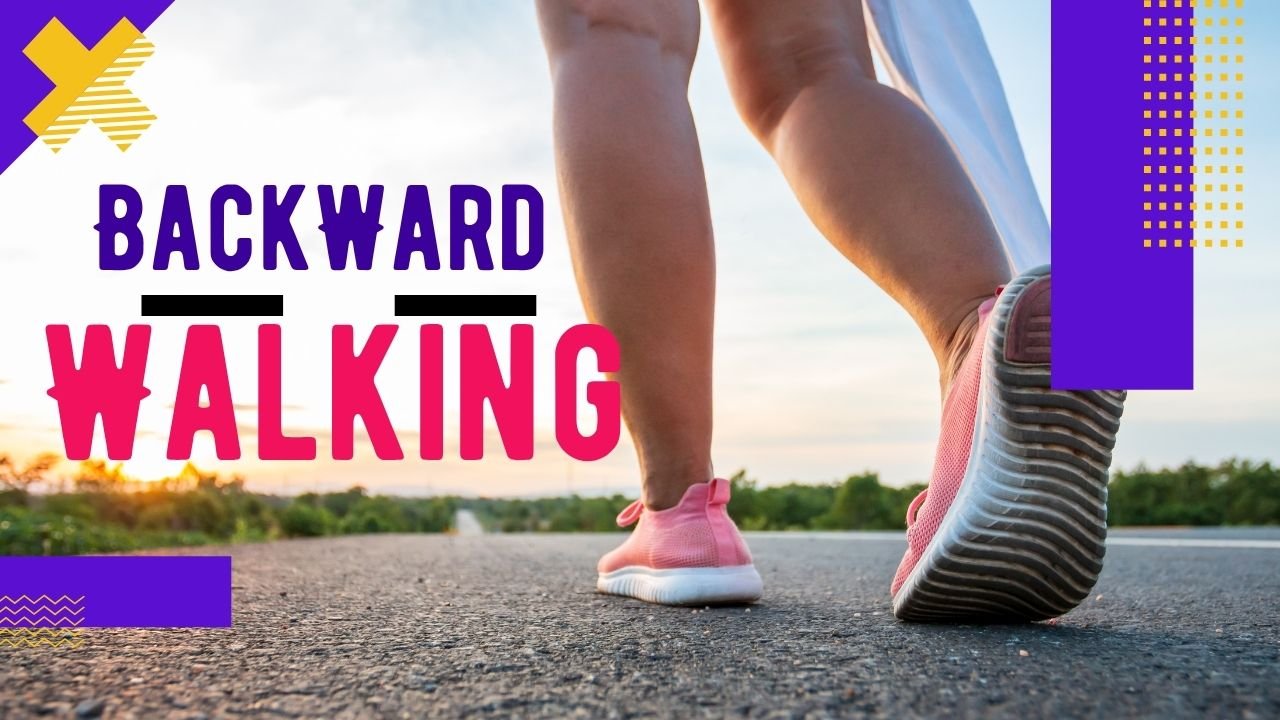Swimming vs Cycling: Which Exercise Wins for Your Fitness Goals?
Ever find yourself torn between diving into the pool or paddling on a bike for your workout? Both swimming and cycling rank among the world’s most popular exercises, but they offer very different paths to fitness. Whether you’re aiming to burn calories, build strength, or simply stay active without hurting our joints, this comparison reveals which activity might be your ideal match—and why combining both could be your ultimate fitness for your body.
Calorie Burn Rate: Splash vs Spin
When it comes to pure calorie burn, both activities are good —but here is the differences:
Swimming’s Calorie burn rate:

-
Breaststroke burns ~744 calories/hour (for 70kg person)
-
Freestyle laps torch ~704 calories/hour
-
Butterfly stroke skyrockets to ~818 calories/hour 1914
Why it burns hot: Water’s density (14x thicker than air) forces full-body resistance, while cold water triggers thermoregulation—your body burns extra calories staying warm.
Cycling’s Calorie burn rate:

-
Leisurely ride (16–19 km/h): 422 calories/hour
-
Moderate pace (19–21 km/h): 563 calories/hour
-
Vigorous cycling (22+ km/h): 700–900 calories/hour 1814
The endurance factor: While swimming burns more per hour, most people cycle longer (2+ hours easily), leading to greater total calorie burn rate.
Weight Loss tip: Swimming wins hourly burn; cycling wins for sustainable, longer sessions. For belly fat specifically, swimming’s core engagement during strokes provides targeted toning.
Joint Impact & Injury Risks: Protecting Your Body
Swimming Pros:
-
Zero impact: Buoyancy supports 90% of body weight, eliminating stress on hips, knees, and spine 36
-
Ideal for arthritis, injury rehab, or chronic pain
Swimming Cons:
-
Shoulder overuse injuries (“swimmer’s shoulder”) from repetitive strokes
-
Lower back strain during butterfly or breaststroke
Cycling Pros:
-
Low impact: Smooth pedal motion avoids joint pounding
-
Builds bone density (unlike swimming)
Cycling Cons:
-
Wrist, neck, or back pain from poor bike fit
-
Traumatic injuries from falls/accidents
-
Knee strain from high gears or incorrect seat height 912
Good Choice: Swimming should be preferred for fragile joints; cycling requires caution on roads.
Muscle Building: Full Body vs Power Legs
Table: Muscle Comparison
| Body Area | Swimming | Cycling |
|---|---|---|
| Upper Body | (Back, shoulders, arms) | (Light core/arm stabilization) |
| Core | (Rotation stabilization) | (Balance/posture) |
| Legs | (Hamstrings, quads, calves) | (Quads, glutes, calves) |
| Overall | Full-body toner | Lower-body powerhouse |
Swimming’s Strength: Water resistance builds lean muscle endurance across all major groups. Butterfly and freestyle offer the greatest resistance training effect
Cycling’s Power : Hill climbs and sprints develop formidable leg strength. Standing pedals engage glutes and hamstrings intensely .
Body Composition Tip: For defined arms/shoulders, swim. For powerful legs, cycle. For balanced strength? Do both!
Convenience & Cost: Reality Check
Swimming’s Hurdles:
-
Access headaches: Requires pool, lake, or ocean access
-
Learning curve: Proper technique takes lessons and practice
-
Costs: Goggles + swimsuit = $50-$100. Pool memberships: $50-$200/month
Cycling’s Practicality:
-
Ride anywhere: Roads, trails, or indoor trainers work
-
Commute bonus: Replace transit/car trips with fitness
-
Costs: Bike + helmet = $300-$3,000+. Maintenance adds $100/year
Winner for Busy Lives: Cycling integrates seamlessly into daily routines—no facility needed.
Health Benefits Beyond Fitness
Both activities slash disease risk dramatically:
-
Swimmers have 28% lower all-cause mortality and 41% reduced heart disease death risk
-
Cyclists show similar cardiovascular benefits, plus reduced diabetes risk
Unique advantages:
-
Swimming: Boosts lung capacity via breath control; reduces stress through rhythmic, meditative movement 313
-
Cycling: Builds bone density; enhances navigation skills and spatial awareness 812
Goal-Based Guide: Which Exercise Fits You?
-
Weight Loss Priority:
-
Choose Swimming if you want max calorie burn/hour and enjoy water
-
Choose Cycling if you prefer longer, scenic workouts and can ride 3+ hours/week
-
-
Injury-Prone or Rehabbing:
-
Choose Swimming for joint-safe exercise; avoid butterfly if shoulders are sensitive
-
-
Building Leg Power (Sports Performance):
-
Choose Cycling for quads/glutes that drive running, soccer, or skiing
-
-
Mental Health Focus:
-
Choose Swimming for meditative, sensory-deprivation benefits
-
Choose Cycling for exploring nature and adventure therapy
-
-
Time-Strapped & Budget-Conscious:
-
Choose Cycling—commute to work while training
-
Expert Tip: “For overall fitness, do both! Swimming develops upper body and breath control, while cycling builds leg endurance. Together, they create a balanced, injury-resistant body.” —
Conclusion
There’s no unanimous winner—only what wins for you. Swimming dominates for:
-
Full-body conditioning
-
Joint-sensitive exercisers
-
High-calorie burn in limited time
Cycling triumphs for:
-
Lower-body strength
-
Practical, commute-friendly exercise
-
Sustainable long-duration cardio
Pro Tip: Try “cross-training combos”:
-
Swim in the AM + cycle commute PM
-
Alternate days for balanced muscle development
-
Use swimming as active recovery after hard cycling days 13
Whichever you choose, consistency is key and should be maintained.













1 thought on “Swimming vs Cycling”